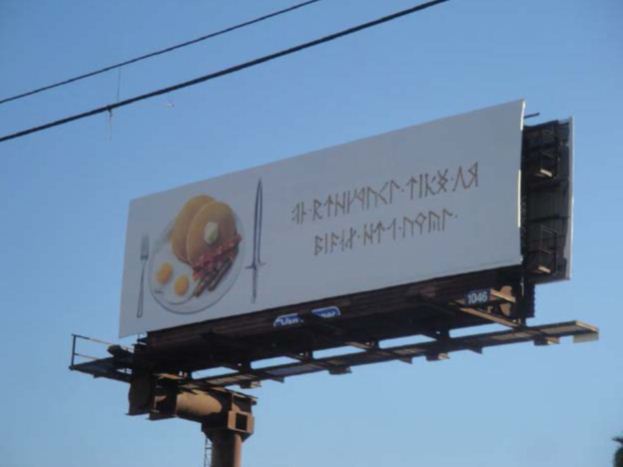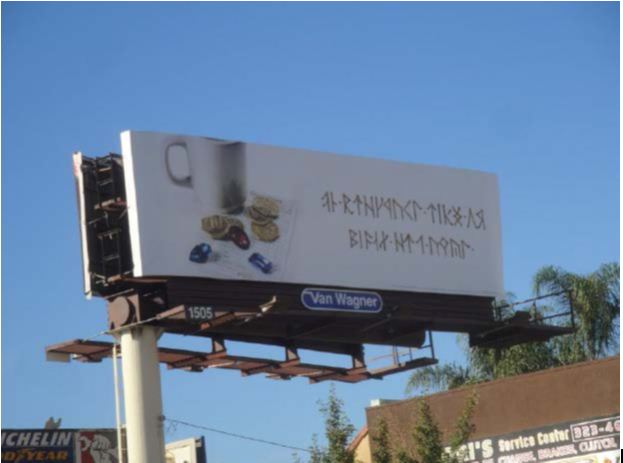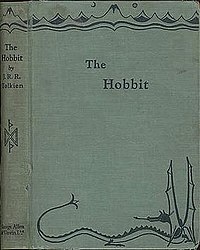
The LOTR geneology project has created a visual aid for moviegoers…
Here are some choice links to stories inspired by the imminent release of Peter Jackson’s The Hobbit: An Unexpected Journey.
(1) If you’re curious about the movie’s score, listen to the closing theme, ”Song of the Lonely Mountain” by Neil Finn.
(2) Christopher Tolkien’s first-ever press interview, published in Le Monde on July 9, is available online. Christopher is not a Peter Jackson enthusiast:
Invited to meet Peter Jackson, the Tolkien family preferred not to. Why? “They eviscerated the book by making it an action movie for young people aged 15 to 25,” Christopher says regretfully. “And it seems that The Hobbit will be the same kind of film.”
This divorce has been systematically driven by the logic of Hollywood. “Tolkien has become a monster, devoured by his own popularity and absorbed into the absurdity of our time,” Christopher Tolkien observes sadly. “The chasm between the beauty and seriousness of the work, and what it has become, has overwhelmed me. The commercialization has reduced the aesthetic and philosophical impact of the creation to nothing. There is only one solution for me: to turn my head away.”
(3) I’m betting the Tolkien estate wishes it could inflict on Jackson the same fate a court just inflicted on Global Asylum’s faux Hobbit film:
A U.S. District Court in California granted a temporary restraining order on Monday preventing a parody of “The Hobbit: An Unexpected Journey” from going on sale three days before Peter Jackson’s movie opens in theaters nationwide.
Global Asylum, a film production company that makes parodies of blockbuster films, such as “Transmorphers” in place of ‘Transformers,” has made a parody of “The Hobbit” titled “Age of the Hobbits.” It was set to go on sale on DVD, Blu-Ray and online platforms December 11.
(4) Scholars interested in The Hobbit know all roads lead to… Milwaukee? Well, if not all roads, surely a superhighway or two. That’s home to Marquette University, where Christopher Tolkien deposited many of J.R.R. Tolkien’s original manuscripts:
Yes, Tolkien fans: the stories belong to the ages, but the manuscripts belong to Marquette University. It has been so since 1957, thanks to a very smart librarian, William Ready, who had been hired the year before to help fill a then-new Memorial Library. He approached the not-yet-famous Professor Tolkien through a British rare-book seller, struck a deal for less than $5,000, and in 1957 and 1958 the boxes from Oxford arrived: “The Lord of the Rings” and “The Hobbit,” in longhand drafts, typewritten manuscripts and page proofs, with revisions and rejected fragments, along with minor and then-unpublished texts and other papers. After the professor died in 1973, his son Christopher sent more papers still, until Marquette came to hold the vast machinery of Middle-earth in all its original parts, along with thousands of pages of articles, commentary and fan fiction — the vast forests and foothills of secondary scholarship now girding Mount Tolkien.
[Thanks for these links goes out to David Klaus, Martin Morse Wooster and Andrew Porter.]








 Born 1866: H.G. Wells (writer)
Born 1866: H.G. Wells (writer)